Table of Contents
Easy Homemade Rib Rub Recipe
Here's the simplest, most effective rib rub recipe you can make in under 5 minutes. This balanced blend creates a perfect crust while enhancing natural meat flavors:
| Ingredient | Amount | Purpose |
|---|---|---|
| Kosher salt | 2 tablespoons | Enhances natural flavors |
| Brown sugar | 3 tablespoons | Creates caramelized crust |
| Smoked paprika | 2 tablespoons | Deep smoky flavor |
| Garlic powder | 1 tablespoon | Savory aromatic base |
| Onion powder | 1 tablespoon | Complements garlic with sweetness |
| Black pepper | 1 tablespoon | Sharp background spice |
| Chili powder | 1 teaspoon | Mild heat and complexity |
| Cayenne pepper | 1/2 teaspoon | Adjustable heat level |
Instructions: Combine all ingredients in a bowl and mix thoroughly. Store in an airtight container. For best results, apply 1-2 tablespoons per pound of ribs 30 minutes before cooking (or refrigerate overnight for deeper flavor penetration).
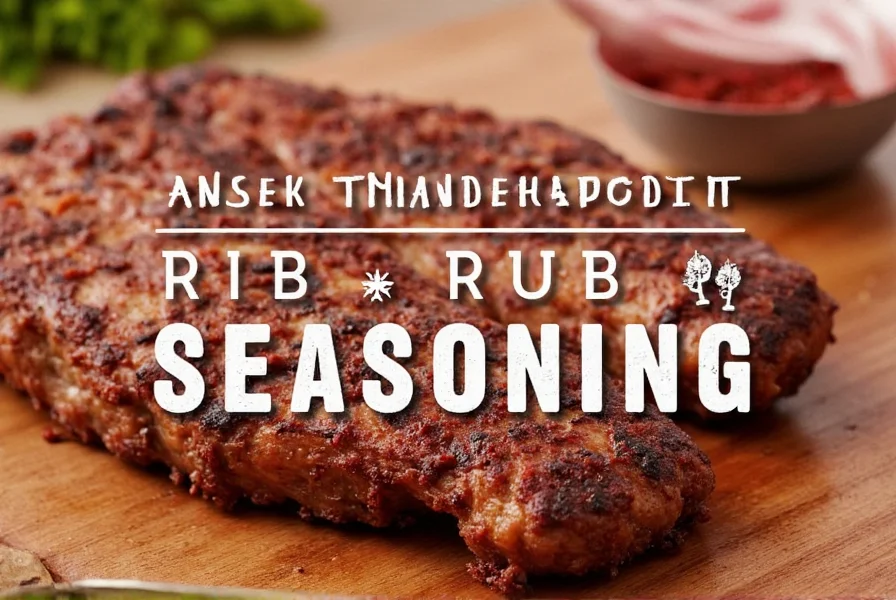
Why Choose Homemade Rib Rub?
Store-bought rubs often contain fillers, artificial additives, or inconsistent spice blends. Making your own ensures:
- Complete control over ingredients and spice levels
- No hidden additives like anti-caking agents or MSG
- Cost-effective - homemade costs 60% less than premium brands
- Customizable for specific meat types or dietary needs
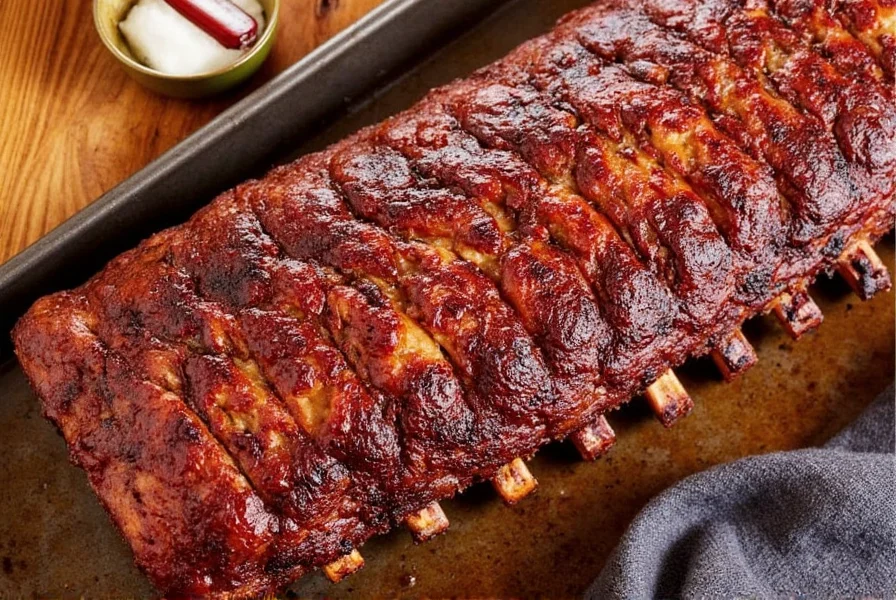
Key Ingredients Explained
| Ingredient | Function | Substitution Options |
|---|---|---|
| Salt | Enhances natural meat flavors and helps moisture retention | Sea salt, Himalayan pink salt |
| Sugar | Creates caramelized crust through Maillard reaction | Turbinado sugar, coconut sugar |
| Smoked paprika | Provides authentic smoky flavor without actual smoking | Chipotle powder (for heat), regular paprika |
| Garlic/Onion powder | Builds savory umami foundation | Fresh minced garlic (use 1:3 ratio) |
| Black pepper | Adds bright, sharp spice notes | White pepper (milder flavor) |
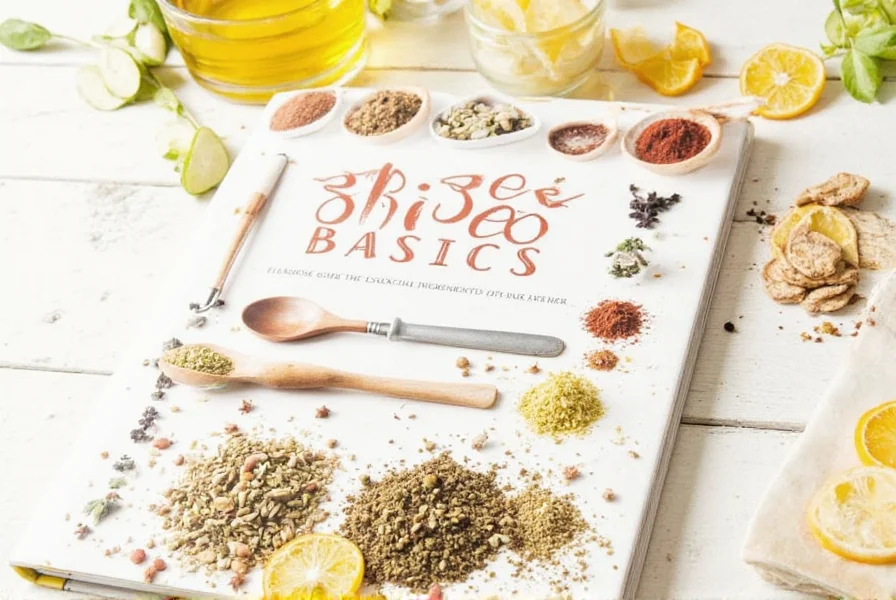
How to Use Rib Rub Seasoning Like a Pro
- Pat ribs dry with paper towels - moisture prevents proper adhesion
- Apply rub evenly using your hands, pressing gently into meat
- Rest 30-60 minutes at room temperature (or 4-12 hours refrigerated)
- Cook low and slow at 225-250°F for maximum flavor development
- Wrap in foil after 2 hours for tender results (optional)
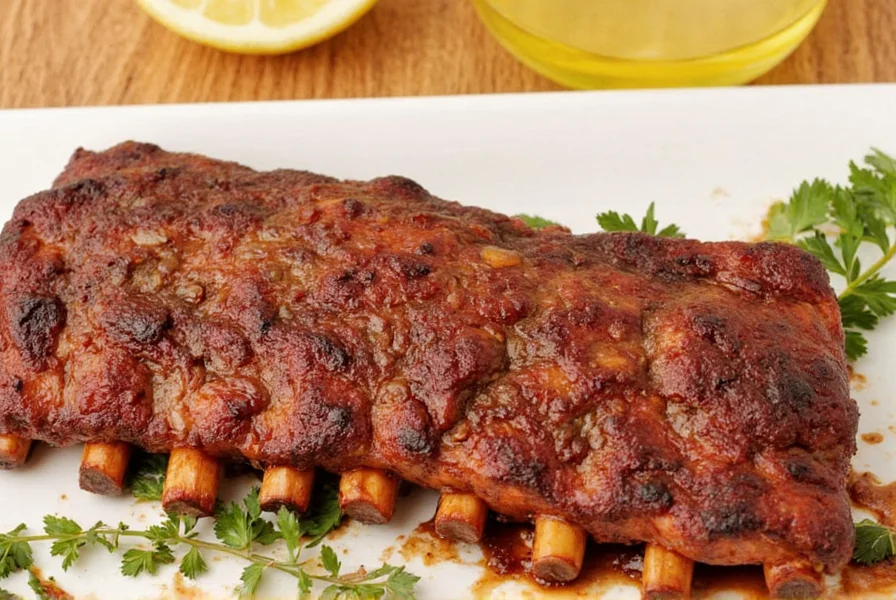
Pro Tips for Perfect Results
- Adjust sugar levels for different meats: use less for chicken, more for pork
- Double the recipe and store in glass jars for up to 12 months
- Test heat level before applying - rub a bit on your finger and taste
- Combine with dry brine for extra moisture retention (1 tsp salt per pound meat, 1 hour before rub)
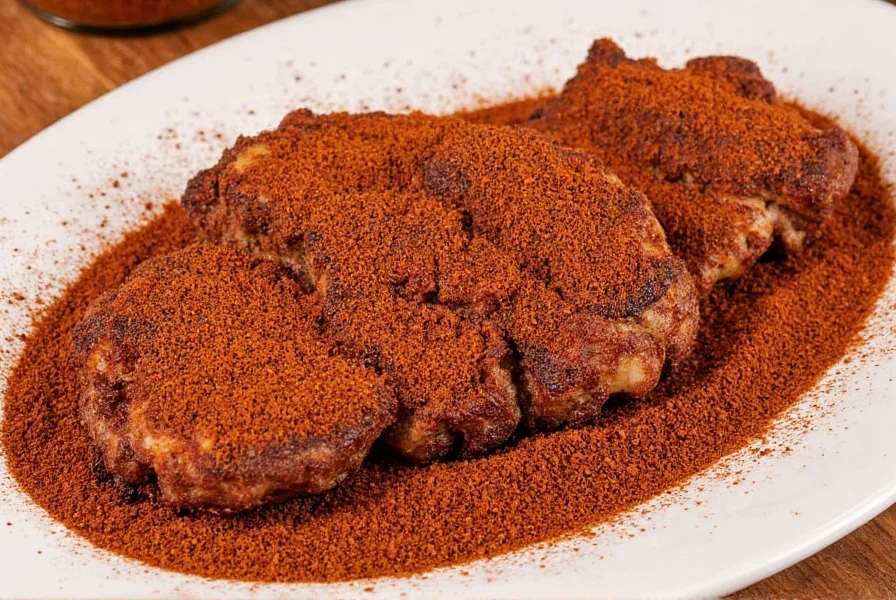
Frequently Asked Questions
How much rub should I use per pound of ribs?
Use 1-2 tablespoons of rub per pound of ribs. The goal is even coverage without clumping - you should still see the meat texture through the seasoning. For larger cuts like whole racks, apply more to the thicker sections.
Can I use this rub on chicken or fish?
Absolutely! Reduce brown sugar to 1 tablespoon for poultry and skip cayenne for delicate fish. For chicken, apply 30 minutes before cooking; for fish, use just 10-15 minutes to prevent overpowering flavors.
Why does my rub burn during cooking?
Sugar burns above 350°F. Always cook ribs at 225-250°F. If using a grill, move ribs to indirect heat after initial sear. For oven cooking, use a thermometer to monitor temperature. Wrapping in foil after 2 hours also prevents burning.
How long does homemade rub last?
Properly stored in an airtight container away from light and moisture, homemade rib rub maintains peak flavor for 6-12 months. The salt content acts as a natural preservative. If you notice clumping or diminished aroma, it's time to make a fresh batch.
Conclusion
Creating your own rib rub is the ultimate way to control flavor, avoid unnecessary additives, and achieve restaurant-quality results at home. This simple recipe balances sweet, smoky, and savory elements perfectly for any pork ribs. Remember: dry meat, even application, and low-temperature cooking are the keys to unlocking that perfect caramelized crust.
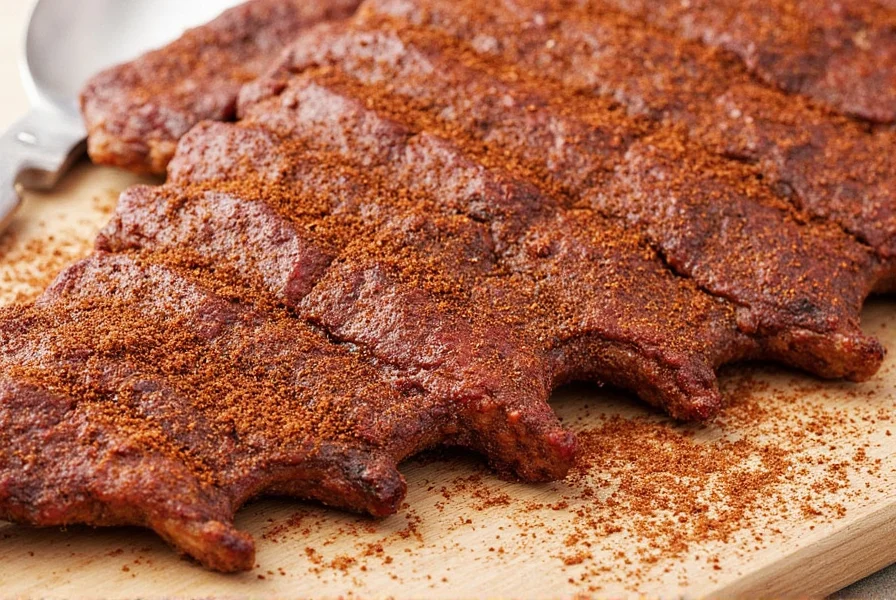
With just 7 common ingredients and 5 minutes of prep time, you can transform ordinary ribs into a show-stopping dish. Experiment with the recipe variations in the FAQ section to find your perfect blend - your taste buds will thank you!

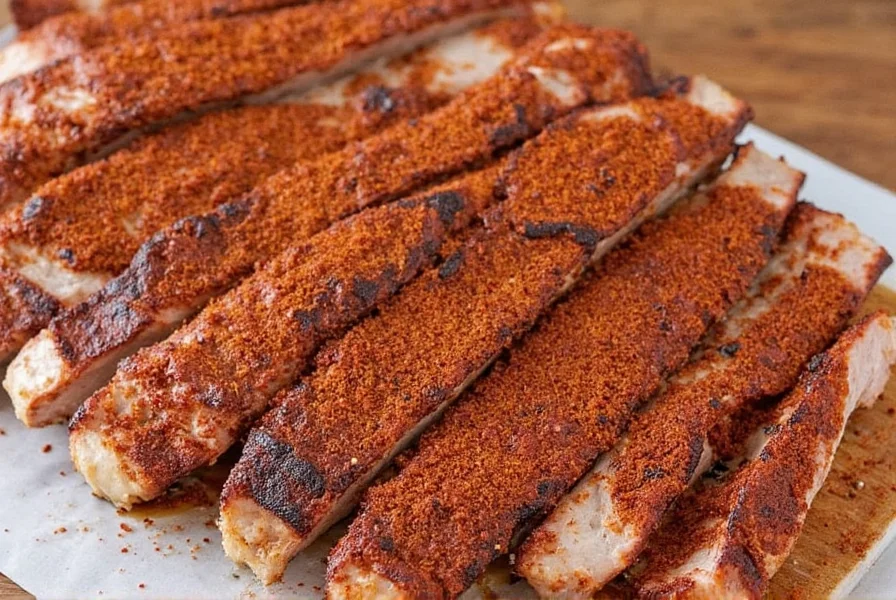









 浙公网安备
33010002000092号
浙公网安备
33010002000092号 浙B2-20120091-4
浙B2-20120091-4